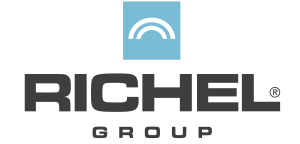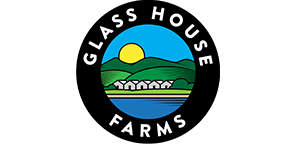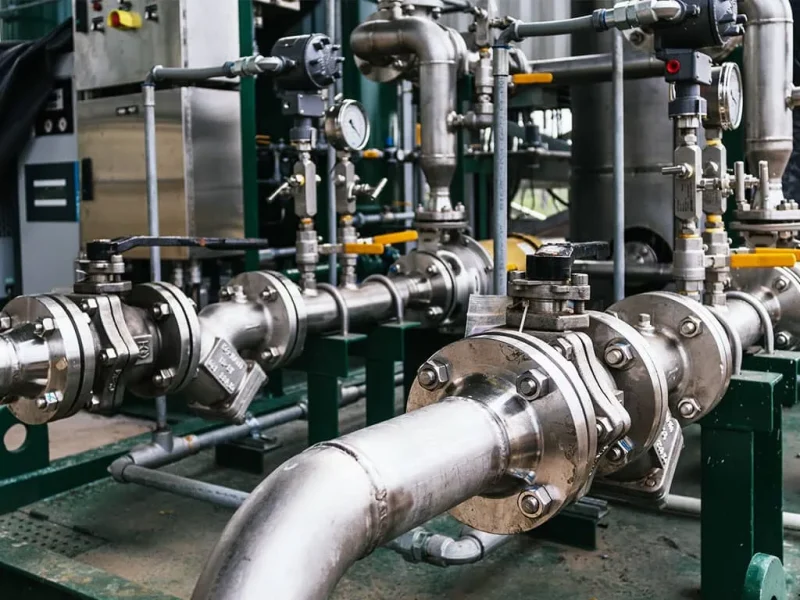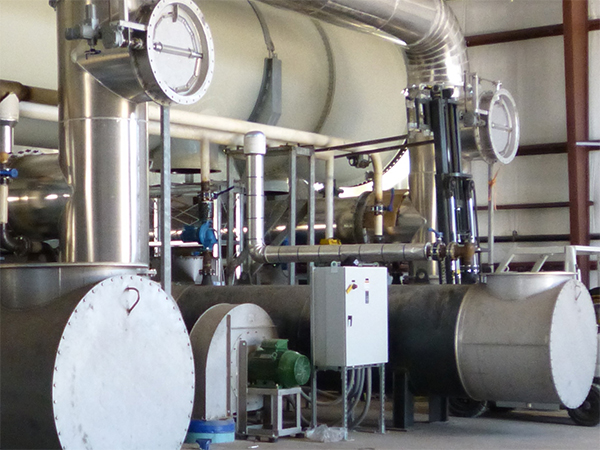Precise greenhouse cooling control
A chilled water cooling installation for greenhouses offers very precise control over your greenhouse temperature and growing conditions. Enerdes can also provide well designed control technology that contains robust control PID, that will smoothly operate all components in the installation in order to achieve the perfect greenhouse climate.
Components that are monitored and controlled are:
- Chiller power and output temperature
- Temperature and RH sensors in the greenhouse
- Greenhouse piping and valves
- Air handling units and their fans
- Temperature sensors in the piping and air handling units
By meticulously controlling the valves and fans, the desired greenhouse temperature and humidity can be achieved to a very accurate level and the automated control allows energy and cost savings.
Customized Enerdes Greenhouse Cooling solutions
Enerdes optimizes every greenhouse cooling installation to the unique requirements and conditions of the customer’s greenhouse. Together we will look into how we can achieve a robust climate control solution that will provide your greenhouse with appropriate cooling with minimal operating costs.
Enerdes can provide you with a complete climate control system, or selected parts of it, such as:
- Chilled water cooling installation
- Greenhouse chiller
- Greenhouse cooling piping
- Greenhouse cooling pumps
- Greenhouse valves
- Air handling units for cooling a greenhouse
- Greenhouse fans for cooling
- Climate control sensors
- Control technology for greenhouse cooling
- Air distribution hoses















